The rivalry between New York City and Chicago runs deeper than pizza styles or baseball teams. These iconic American cities offer dramatically different urban experiences that create passionate loyalty among residents and visitors alike.
Despite their shared status as major metropolitan centers, the contrasts between them shape distinctly different lifestyles and perspectives. Here is a list of 15 reasons why people develop strong preferences for either New York City or Chicago, often becoming fierce defenders of their chosen urban identity.
Architectural Skylines

Chicago birthed the modern skyscraper and never stopped innovating – its skyline reads like an architectural textbook spanning from the 1890s to tomorrow. The relatively compact downtown creates a concentrated canyon of architectural masterpieces easily appreciated from street level or boat tours along the Chicago River.
New York spreads its architectural wonders across multiple districts, with styles evolving dramatically as you move uptown or between boroughs. The sheer volume of iconic buildings creates a skyline recognized globally yet experienced differently from each vantage point across the city’s varied geography.
Transit Culture
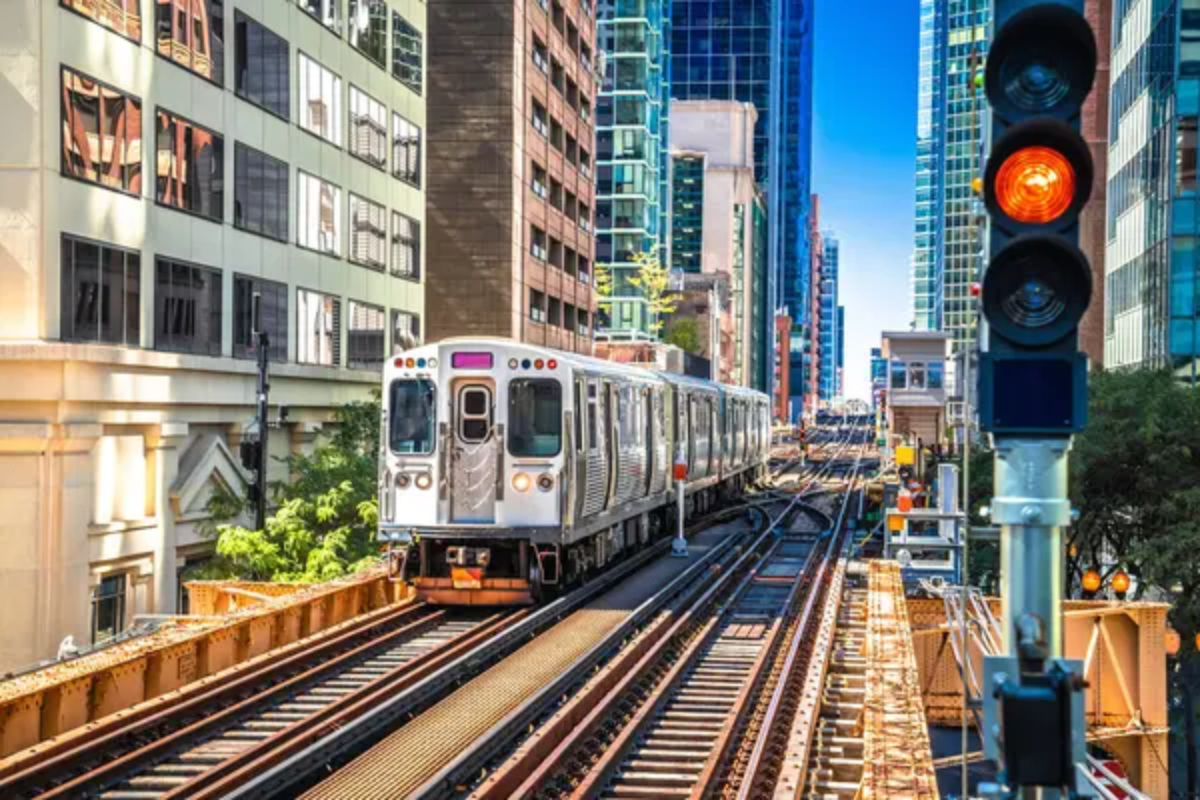
New York’s 24/7 subway system shapes city life fundamentally – enabling carless living while creating shared experiences across social classes riding identical trains. The underground network functions as both transportation and cultural touchstone, appearing in countless films and serving as a performance space for musicians and dancers.
Chicago elevated trains create distinctly different urban rhythms – the rumbling “L” tracks define neighborhood soundscapes while offering riders window-framed views impossible in underground systems. Transit options drastically thin after midnight in Chicago, creating transportation limitations unimaginable to New Yorkers accustomed to 3 am subway journeys.
Like Travel Pug’s content? Follow us on MSN.
Waterfront Integration
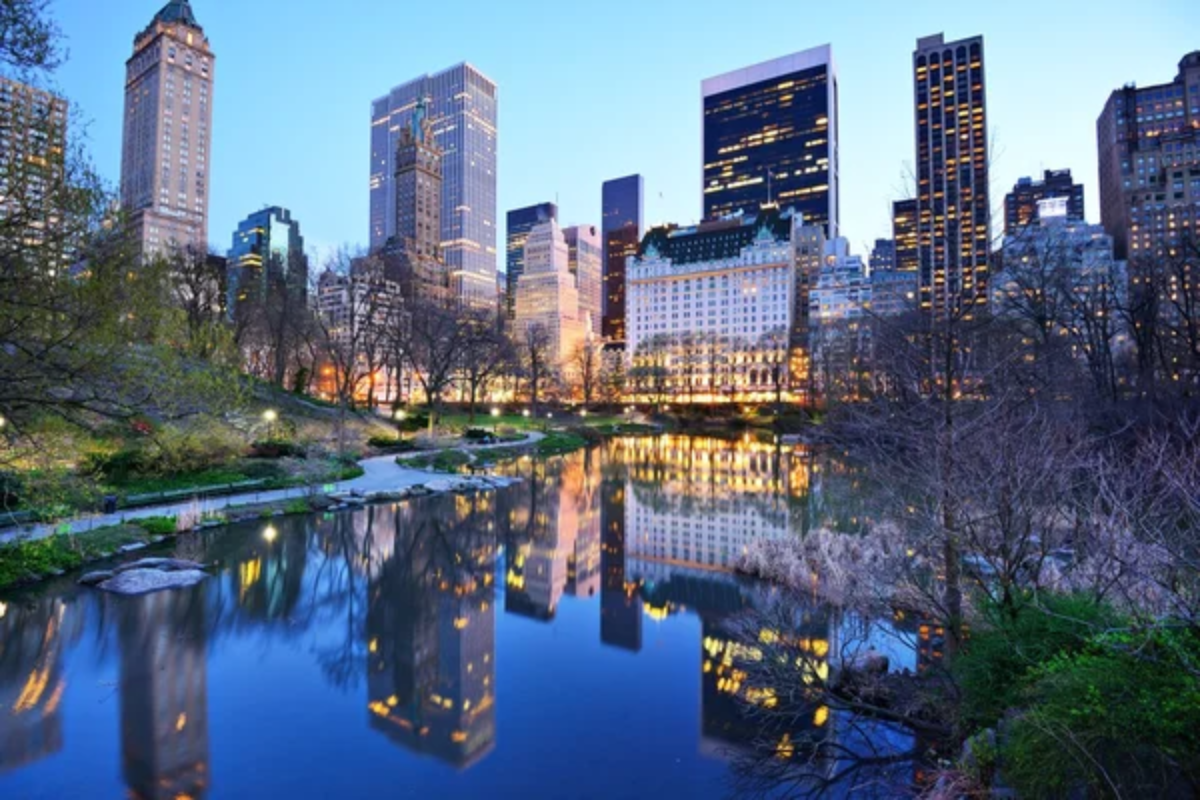
Chicago embraces its lakefront with 26 miles of nearly uninterrupted public beaches, parks, and trails – making recreational waterfront access central to city identity regardless of neighborhood. Summer weekends find residents from all areas converging on the shared shorelines, creating democratic outdoor spaces, unlike anything in Manhattan.
New York’s waterfront history prioritized commercial shipping over public access, with recreational spaces developing unevenly across decades – spectacular in Brooklyn Bridge Park yet still nonexistent in many neighborhoods. Recent waterfront developments have dramatically improved access, though beaches typically require substantial travel time from central areas.
Housing Reality
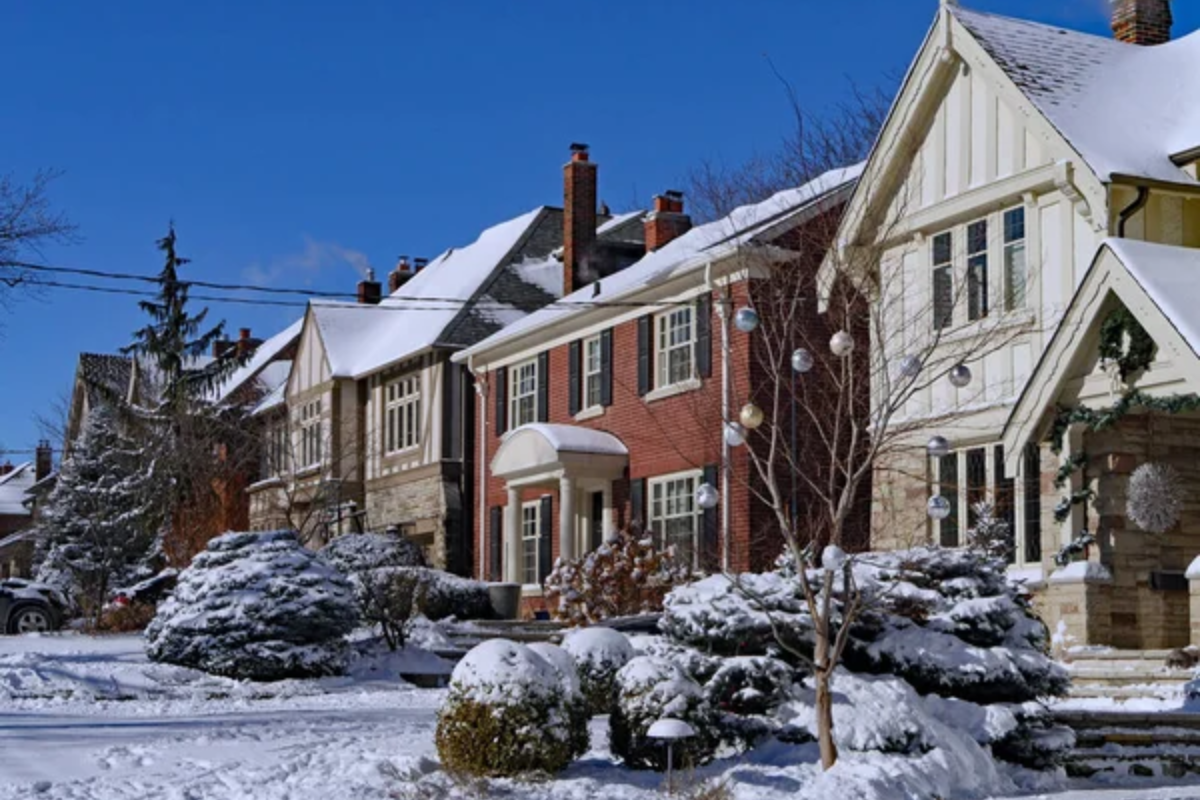
Chicago offers genuine housing bargains unimaginable to New Yorkers – spacious apartments with amenities like dishwashers, in-unit laundry, and outdoor space often available at half Manhattan prices. Affordable single-family homes exist within city limits, allowing middle-class families to become homeowners without extreme commutes or lottery-winning salaries.
New York’s housing scarcity creates notorious competition – apartments vanish hours after listing, often requiring broker fees, perfect credit, and income forty times monthly rent. The resulting housing culture creates distinctly different resident experiences – Chicago transplants enjoy immediate lifestyle upgrades while New Yorkers develop badge-of-honor resilience from housing struggles.
Neighborhood Character
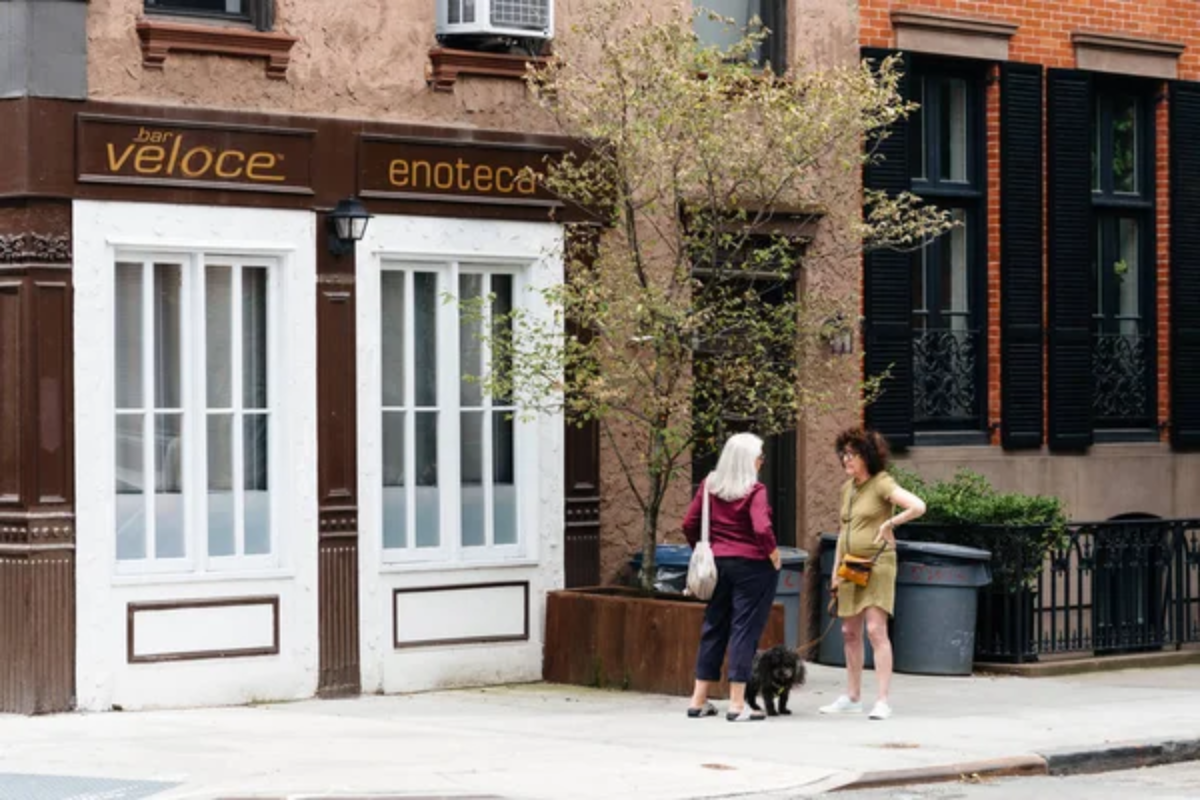
Chicago neighborhoods maintain distinct personalities and architectural consistency – Victorian graystones line streets in Lakeview, while bungalow belts create uniform residential blocks in working-class areas. Neighborhood boundaries remain relatively stable over decades, with gradual rather than dramatic demographic shifts and development patterns.
New York neighborhoods transform constantly, with rapid gentrification creating dramatic changes within single blocks and decade-long residents barely recognizing formerly familiar streets. This constant evolution creates equally passionate responses – Chicago defenders praise stability while New York advocates celebrate the constant reinvention of familiar spaces.
Like Travel Pug’s content? Follow us on MSN.
Winter Reality
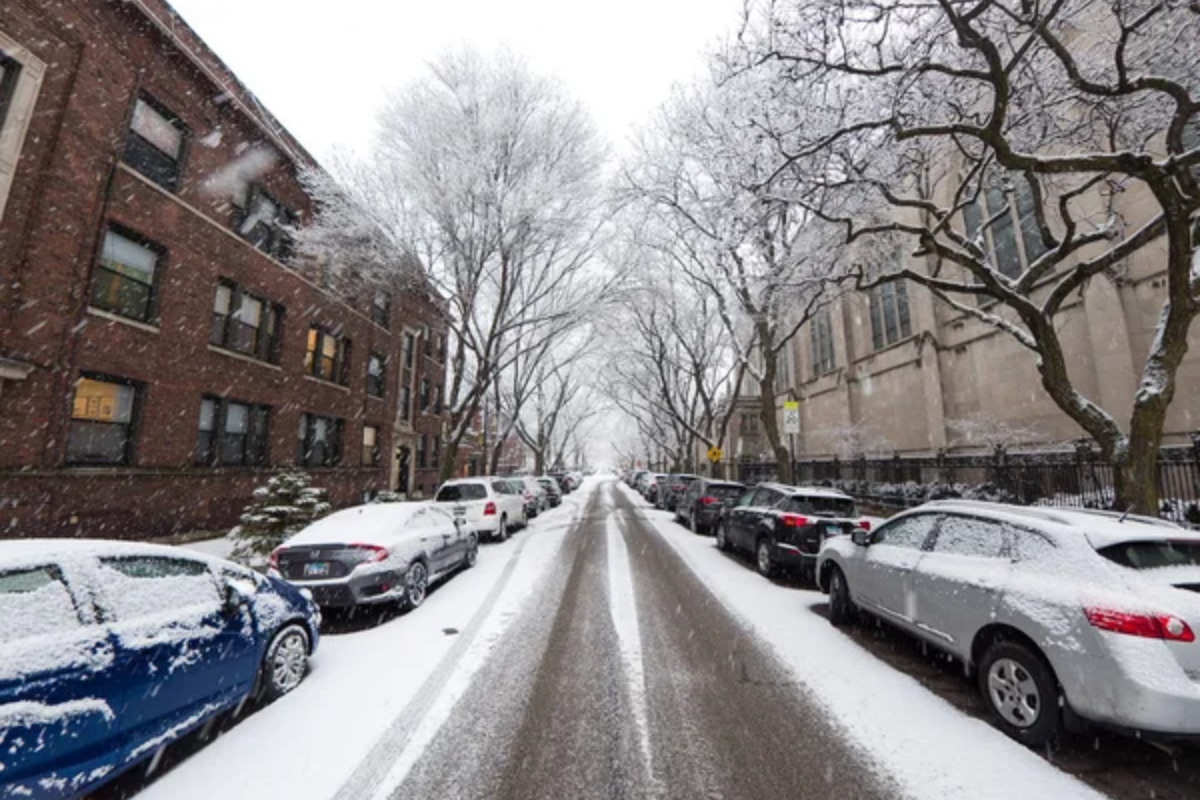
Chicago winters bring legitimate harshness – wind whipping off Lake Michigan creates bone-chilling conditions that persist for months, with temperatures regularly dropping below zero. The Midwest winter experience shapes resident character – creating hardy communal suffering through months of genuine meteorological assault requiring serious winter gear.
New York winters bring occasional dramatic snowstorms but typically milder temperatures, with stretches of perfectly manageable winter days between weather events. The psychological impact differs dramatically – Chicago winters require a genuine survival mentality, while New York winters remain largely inconvenient rather than life-threatening.
Cultural Attitudes

Chicago embraces unpretentious midwestern friendliness despite its urban sophistication – strangers casually strike up conversations while waiting in lines or sitting at neighborhood bars. Small talk with shopkeepers remains standard practice, creating community connections impossible in cities with faster social pacing.
New York social culture trades midwestern warmth for energetic intensity – conversations move quickly, and relationships form around shared interests rather than geographic proximity. The resulting social environments appeal to fundamentally different personality types – Chicago rewards relaxed sociability, while New York energizes those thriving on constant stimulation and reinvention.
Food Diversity
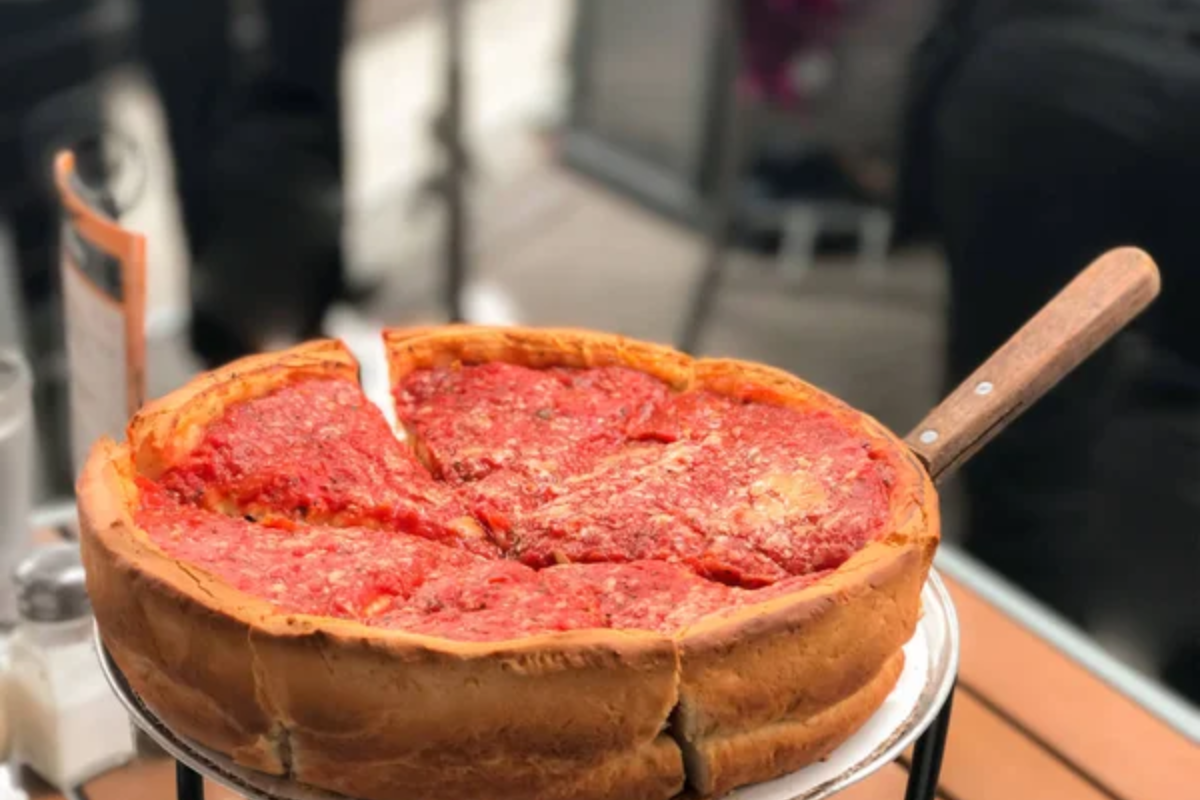
New York’s immigration patterns create unparalleled global cuisine – neighborhoods from Jackson Heights to Brighton Beach offering authentic dishes from virtually every world culture. The concentrated population supports hyper-specific food traditions impossible elsewhere – restaurants specializing in regional dishes from single provinces within already specialized national cuisines.
Chicago’s food scene centers around exceptional representations of American regional traditions – perfecting deep-dish pizza, Italian beef sandwiches, and hot dogs with distinct local character. Recent decades have dramatically expanded international options, though specific cuisines often concentrate in single neighborhoods rather than spreading citywide.
Like Travel Pug’s content? Follow us on MSN.
Music Heritage
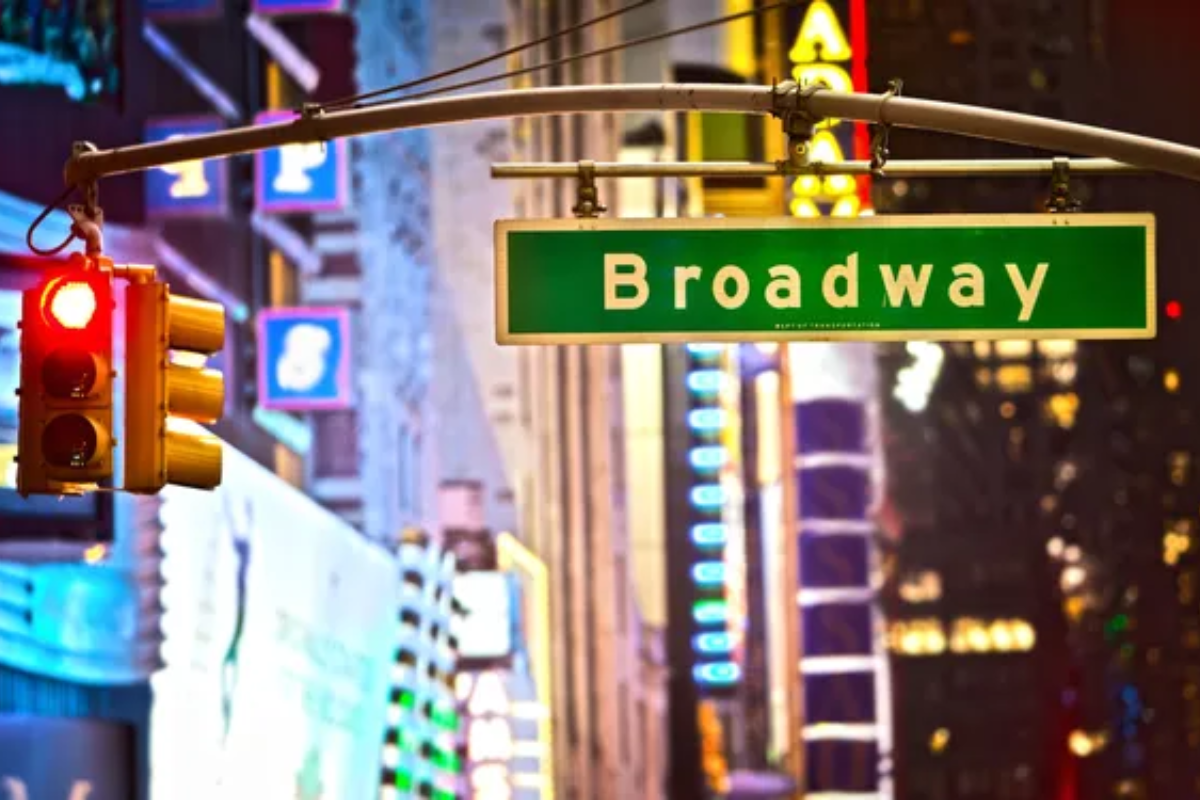
Chicago birthed urban blues, incubated early jazz, and later pioneered house music – creating foundational American sounds that transformed global music history. The city maintains vibrant live music traditions emphasizing instrumental virtuosity and performance authenticity across genres.
New York cultivated different musical movements – from Greenwich Village folk revival through the CBGB punk explosion to Bronx hip-hop pioneers – with scenes developing rapidly through cross-pollination among tightly concentrated creative communities. Both cities shaped American music fundamentally but through different approaches – Chicago developed depth within specific traditions, while New York created rapid innovation through constant reinvention.
Career Trajectories

New York dominates specific industries – finance, fashion, publishing, and advertising careers advance further faster here than anywhere else, creating a magnetic pull for ambitious professionals. Competitive environments push career advancement, with opportunities emerging through dense professional networks impossible in smaller markets.
Chicago offers a broader balance across industries – substantial opportunities exist in finance, healthcare, technology, and manufacturing without single-industry dominance. Career paths typically feature less extreme competition, creating work-life balance options rarely available in New York’s achievement-oriented professional culture.
Public Space Culture
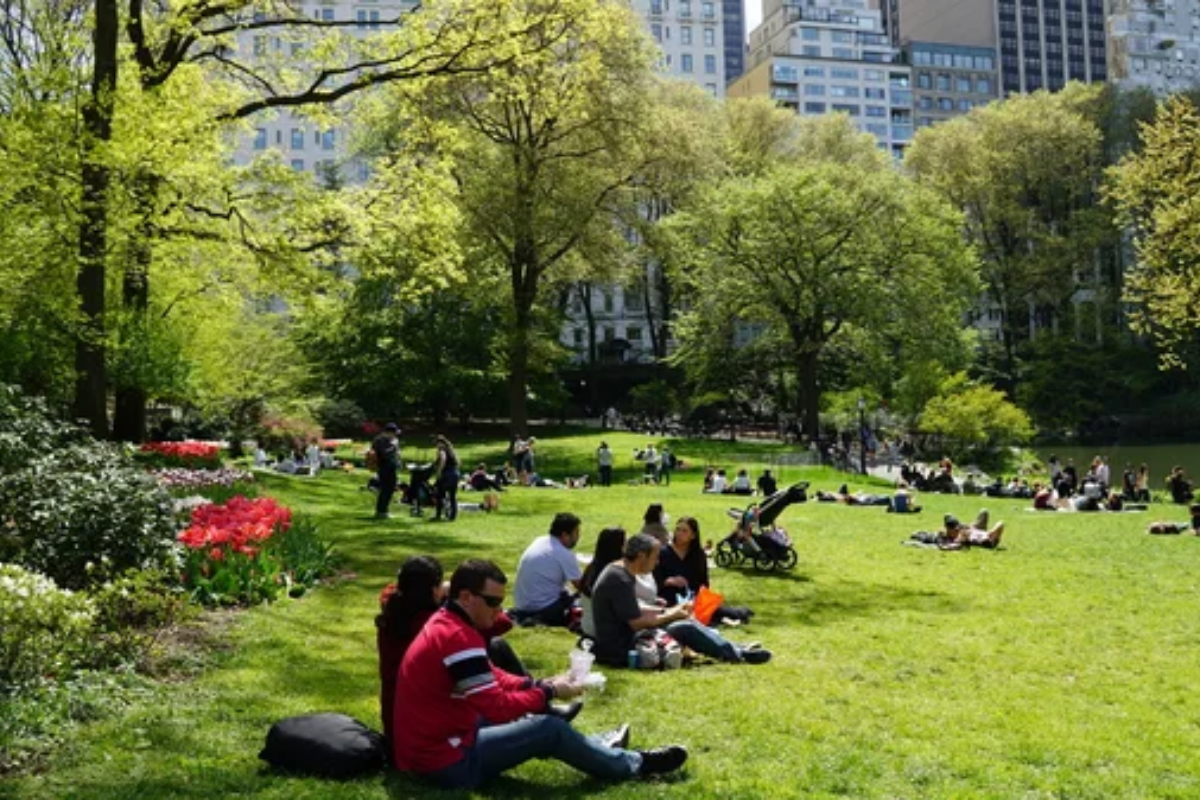
Chicago maintains generous public spaces across neighborhoods – expansive parks designed by Frederick Law Olmsted and Jens Jensen offering genuine natural respite within city boundaries. The 606 trails and expanded riverwalk create car-free zones connecting neighborhoods through pleasant pedestrian corridors.
New York’s Central Park represents world-class public space achievement, though limitations become apparent in outer boroughs where quality park access varies dramatically by neighborhood. Limited square footage creates constant competition for space, with popular areas like High Line or Bryant Park becoming impossibly crowded during peak periods.
Like Travel Pug’s content? Follow us on MSN.
Transit Footprint
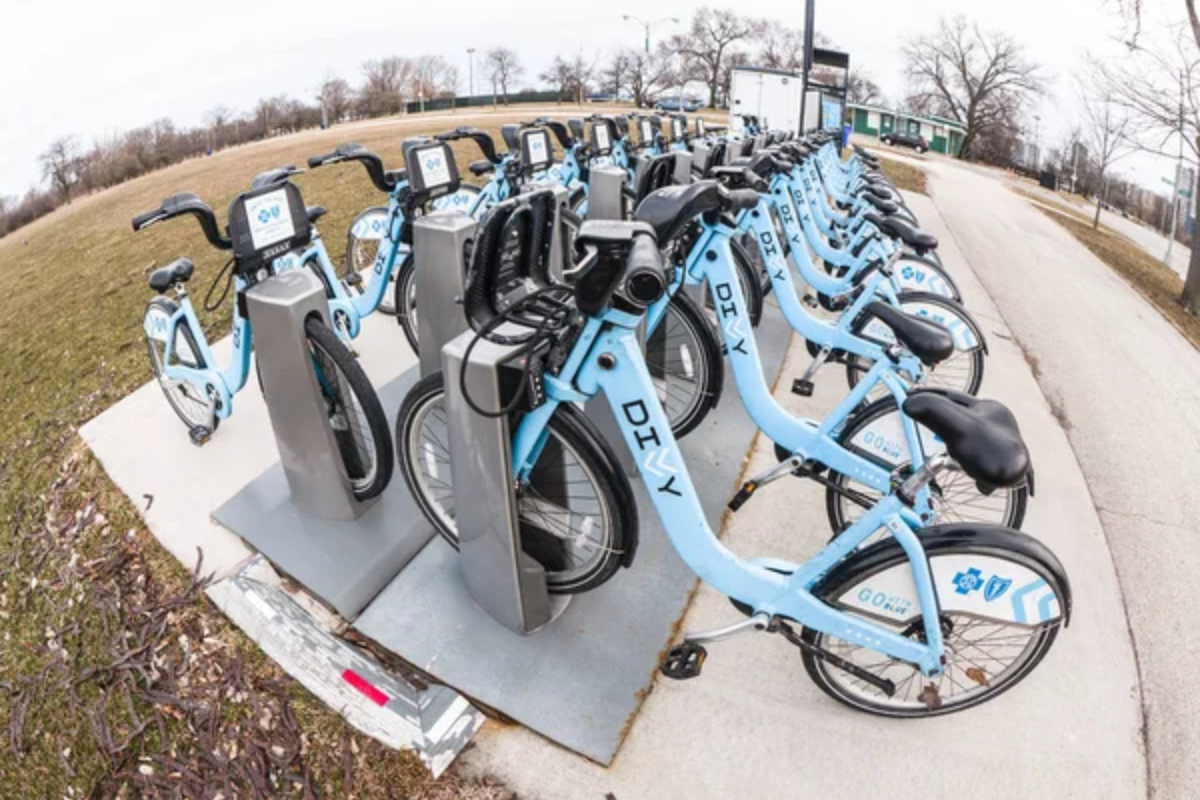
New York subway stations exist roughly every ten blocks throughout Manhattan and much of Brooklyn, with buses filling gaps between lines – creating comprehensive transit coverage despite system flaws. The resulting transit footprint shapes development patterns and lifestyle possibilities throughout the region, enabling car-free living for millions.
Chicago’s “L” system creates excellent coverage downtown but thins dramatically in outlying neighborhoods, with vast areas accessible only through infrequent buses or private transportation. This transit reality shapes fundamentally different urban experiences – New York enables spontaneous city exploration, while Chicago often requires advanced planning or car ownership.
Cost-Benefit Equation

Chicago delivers big-city amenities – world-class museums, performing arts, dining scenes – at substantially lower cost than comparable experiences in New York. Middle-class residents access cultural offerings that would strain budgets in more expensive cities, making democratized cultural participation impossible elsewhere.
New York’s eye-watering costs create barriers to participation, with residents making calculated decisions about which experiences justify financial sacrifice. The resulting cost-benefit calculations shape distinctly different urban experiences – Chicago allows casual cultural sampling, while New York requires a strategic commitment to specific experiences.
Visual Perspective

Chicago’s relatively flat topography and grid pattern create long sightlines down major avenues – the city reveals itself clearly, with landmarks visible from considerable distances. Lake Michigan provides vast visual openness along the eastern edge, offering psychological breathing room within the dense urban fabric.
New York’s varied topography creates constantly shifting visual perspectives – sudden views appearing between buildings, with different neighborhoods existing at different elevations. The resulting visual experience feels more mysterious, with the city never fully revealing itself from any single vantage point despite iconic observation decks.
Like Travel Pug’s content? Follow us on MSN.
Pace Distinction
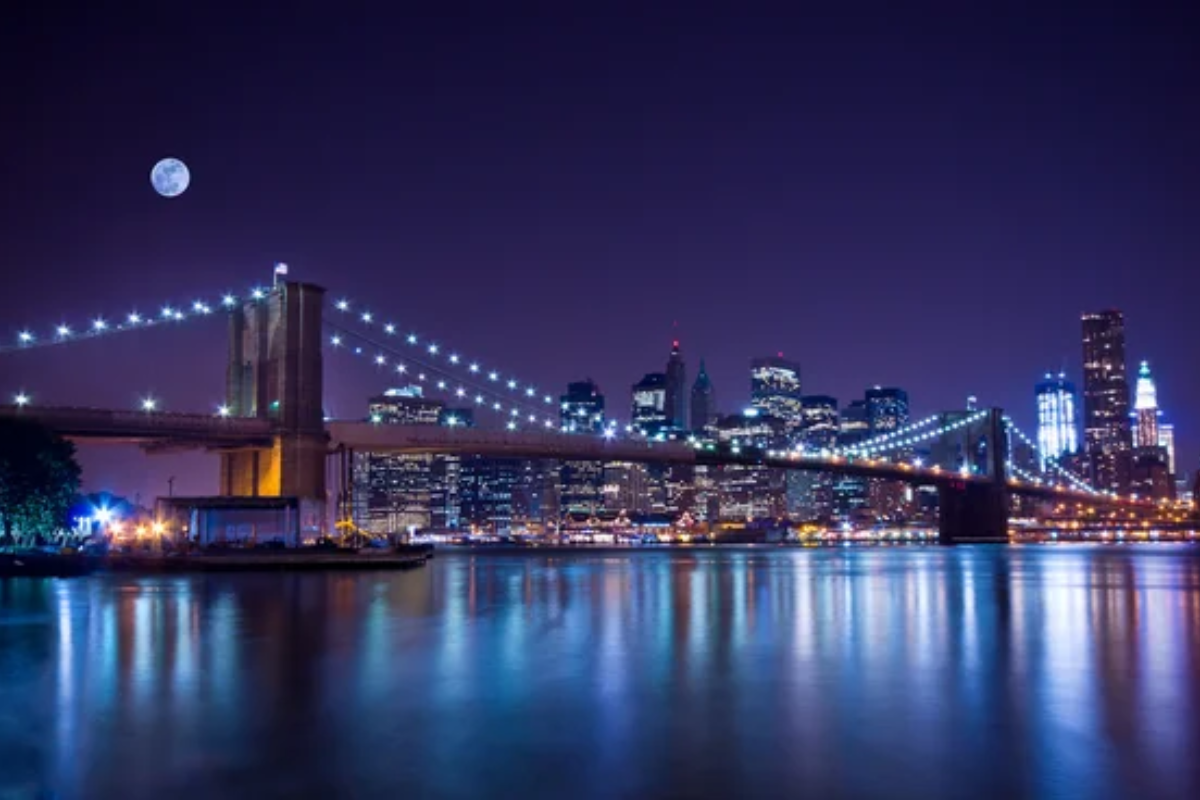
New York moves faster – pedestrians walk approximately 3.4 miles per hour compared to Chicago’s more leisurely 2.9 mph average. This speed difference extends beyond sidewalks – conversations accelerate, service expectations increase and patience diminishes for processes that could move faster.
Chicago maintains midwestern steadiness beneath its urban sophistication – lines move at a reasonable but rarely rushed pace, with social interactions allowed to develop naturally rather than efficiently. This fundamental rhythm difference shapes resident experience more than nearly any other factor – creating environments attracting fundamentally different energy preferences.
City Soul Revealed

These urban rivals ultimately appeal to different visions of American identity – Chicago embodying heartland values wrapped in cosmopolitan sophistication while New York represents perpetual reinvention and boundless possibility alongside genuine hardship. Neither city offers an objectively superior experience – their differences create passionate loyalty precisely because they represent divergent urban ideals appealing to different temperaments and priorities.
The choice between them reveals something essential about individual character – Chicago residents value livability and community connection, while New Yorkers willingly sacrifice comfort for unmatched energy and possibility. Perhaps the greatest testament to both cities lies in how rarely residents switch allegiance – each urban identity creating devotion strong enough to weather even the harshest winter wind or most crowded subway car.
More from Travel Pug

- Cities Growing so Fast You Won’t Recognize Them in 10 Years
- 13 Destinations Where Tourists Regularly Regret Their Trip
- 20 Obscure WWII Sites Even History Buffs Don’t Know About
- 10 Under-the-Radar Mountain Towns That Are Both Affordable and Beautiful
- Remote Villages in Europe Where You Can Live for Free in Exchange for Work
Like Travel Pug’s content? Follow us on MSN.
